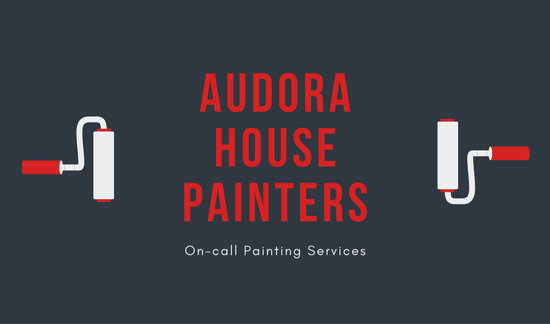Examine The Role Of Seasonal Factors In The Success Of Industrial External Paint And Uncover The Most Effective Times To Protect Lasting Outcomes For Your Project
Examine The Role Of Seasonal Factors In The Success Of Industrial External Paint And Uncover The Most Effective Times To Protect Lasting Outcomes For Your Project
Blog Article
Web Content Develop By-Leach Celik
When you're preparing a commercial outside painting task, seasonal variables can make or damage your results. You'll want to take into consideration just how temperature and humidity impact paint application and drying times. Choosing the right season can ensure your paint adheres properly and lasts longer. But which periods are truly the very best for this kind of work? Allow's explore the key elements that can impact your task's success.
The Effect of Temperature on Paint Application
When you're preparing a commercial exterior painting job, the temperature level can substantially impact just how well the paint sticks and dries out.
Preferably, you intend to paint when temperature levels vary in between 50 ° F and 85 ° F. If it's too cold, the paint might not cure properly, causing concerns like peeling off or splitting.
On the other side, if it's also hot, the paint can dry out also promptly, protecting against appropriate bond and leading to an irregular surface.
You ought to additionally consider the moment of day; morning or late afternoon uses cooler temperature levels, which can be extra favorable.
Always examine the manufacturer's suggestions for the certain paint you're utilizing, as they commonly offer assistance on the perfect temperature level range for ideal outcomes.
Humidity and Its Impact on Drying Times
Temperature level isn't the only environmental variable that affects your commercial external painting project; humidity plays a significant role too. High humidity levels can reduce drying times substantially, influencing the overall quality of your paint task.
When the air is saturated with wetness, the paint takes longer to treat, which can lead to issues like poor attachment and a higher risk of mildew development. If linked web page on a particularly damp day, be prepared for extended wait times in between coats.
It's vital to monitor local weather and strategy accordingly. Ideally, go for moisture degrees between 40% and 70% for optimal drying out.
Keeping these consider mind ensures your job stays on track and supplies an enduring finish.
Best Seasons for Commercial Outside Painting Projects
What's the most effective time of year for your industrial outside painting jobs?
Springtime and early loss are generally your best bets. During average cost of painting , temperature levels are light, and humidity levels are frequently reduced, developing ideal problems for paint application and drying out.
Avoid summertime's intense heat, which can create paint to dry as well swiftly, bring about bad adhesion and surface. Likewise, winter's cold temperature levels can hinder correct drying and treating, taking the chance of the longevity of your paint task.
Aim for days with temperatures in between 50 ° F and 85 ° F for ideal outcomes. Keep in mind to check the local weather prediction for rain, as wet conditions can ruin your project.
Preparation around these factors ensures your paint project runs smoothly and lasts longer.
Conclusion
In conclusion, preparing your commercial outside painting tasks around seasonal factors to consider can make a substantial difference in the end result. By organizing work during the excellent temperature levels and humidity degrees, you'll ensure better adhesion and drying times. Bear in mind to keep an eye on regional weather report and select the right time of year-- spring and early autumn are your best choices. Taking these steps will assist you achieve a long lasting and professional coating that lasts.
